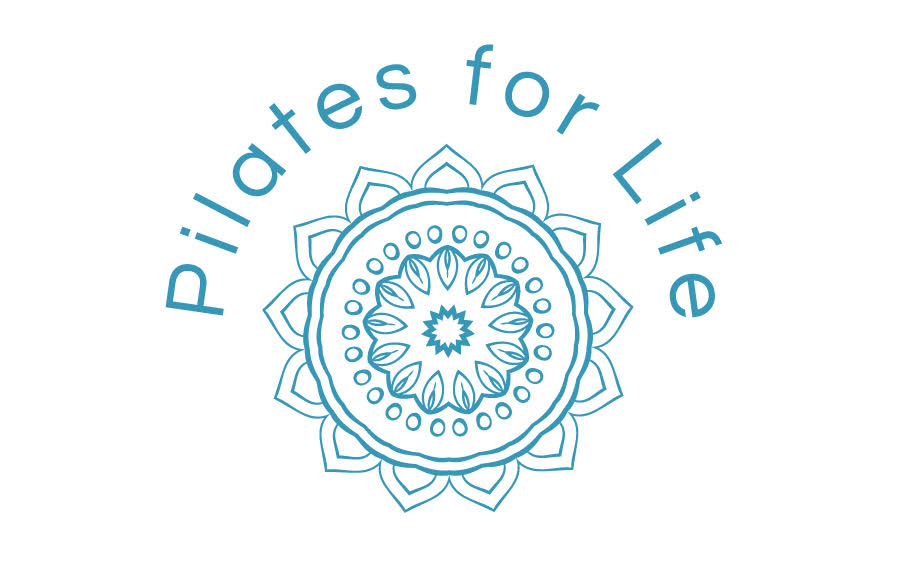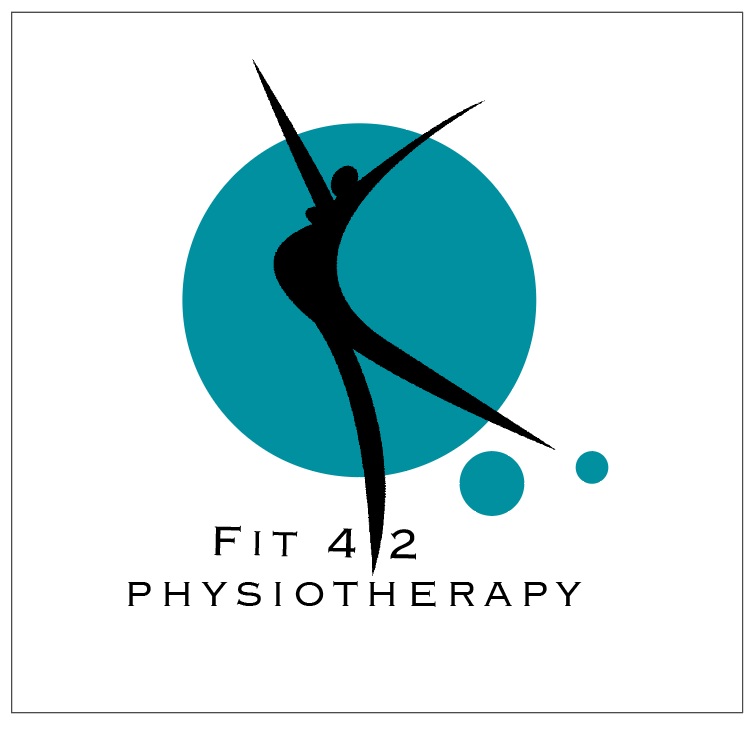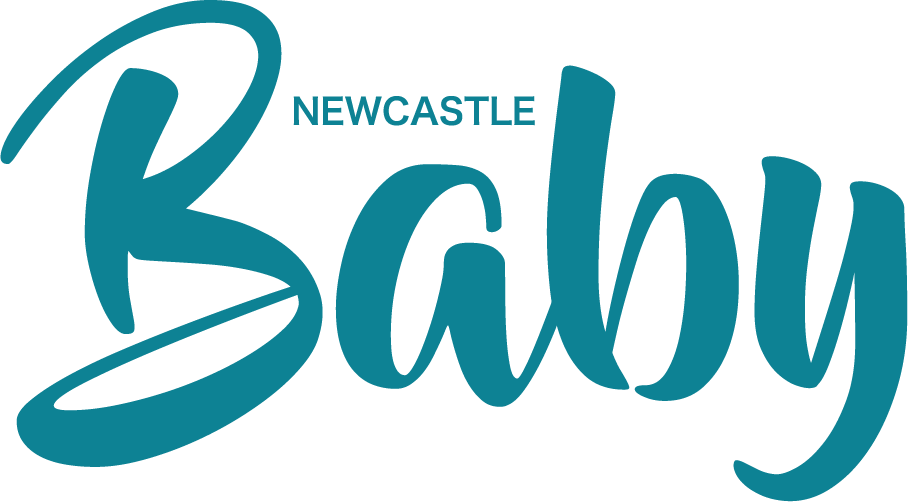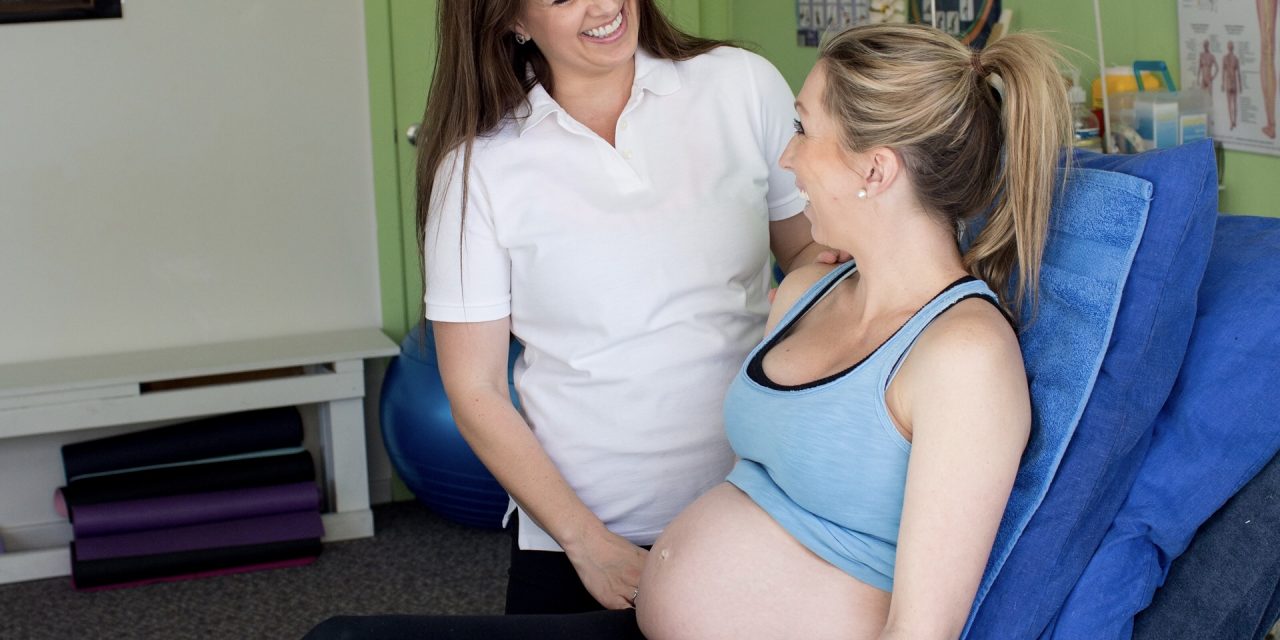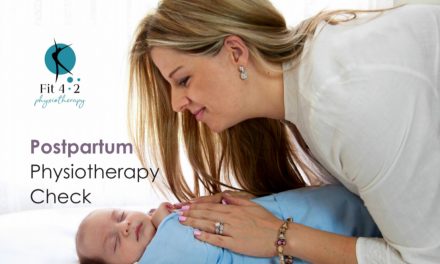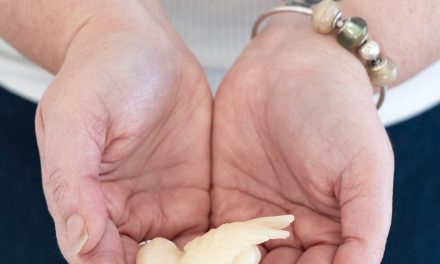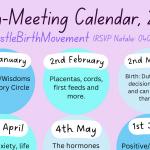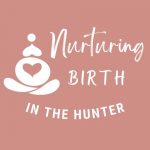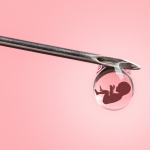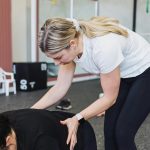During pregnancy your body undergoes many physical changes. Every woman’s pregnancy, birth and recovery is unique. Some women may experience aches and pains and pelvic floor problems. These can be due to postural and hormonal changes, stretching of ligaments and fascia and the weight and position of your growing baby. Other lifestyle changes such as having to sleep on your side all night can lead to discomfort too. Recovering from childbirth and baby care can also have its fair share of niggles.
So how can physiotherapy help? Some of the conditions a physiotherapist skilled in Women’s health can help you with during pregnancy include:
- Pregnancy induced Pelvic girdle pain e.g. sacroiliac joint & pubic symphysis pain.
- Lower back pain
- Lateral hip pain
- Rib and thoracic pain
- Wrist – Carpal tunnel pain
- Neck pain and headaches
- Pelvic floor and core strengthening
- Diastasis Recti
- Exercises to strengthen your body in preparation for labour
- Active birth skills
- E.N.S Hire for labour
- Pelvic and abdominal support braces
After you have had your baby Physiotherapy can help you with:
- Pelvic floor problems
- Bladder and bowel incontinence
- Pelvic organ prolapse
- Diastasis Recti
- De Quervain’s Tenosynovis – “Baby Wrist”
- Breast engorgement / mastitis
- Haemorrhoids
- Perineal tears & Episiotomy scars
- Pelvic pain
- Thoracic and neck pain
- Post-natal rehabilitation programs
- Returning to running and other sports
Physiotherapists are skilled in providing exercise programs for women having healthy pregnancies as well as those with some of the high-risk conditions e.g Gestational Diabetes. Research has shown that exercise during pregnancy is beneficial to both the mother and the baby.
It is important to keep your muscles strong in preparation for birth and baby care. It is also equally important to take some time for yourself after the birth to restore your pelvic floor and core strength to meet the demands of lifting your baby, prams, capsules etc.
Early Postpartum recovery advice
Rest – Try to put your feet up regularly. Aim to lie flat for at least 30 minutes, twice a day. This will help to take the load off your pelvic floor and will help to reduce swelling and discomfort.
Ice –Ice for the first 72 hours. Ice helps to reduce pain and swelling around the perineum. Do not apply ice directly to the skin. Ice should be placed inside your pad for 10- 20 minutes every 2 hours. An icy pole is a good size and shape.
Compression – Firm supportive underwear or SRC recovery shorts can help support the perineum and reduce pain and discomfort.
Elevation – Lying prone with a pillow under the tummy will elevate the perineum and encourage the uterus to contract down to its normal size.
Salt Bath / Sitz baths – A sitz bath is a warm, shallow, salt bath which can aid dissolving stitches and provide relief of pain and itching, haemorrhoids, episiotomies and perineal tears.
Therapeutic Ultrasound with a physiotherapist can help to ease haemorrhoids, tears and episiotomies.
Toileting after birth can be a daunting prospect but when you get the urge don’t delay it. Take your time when you empty your bladder and bowel and do not strain.
Urination – Keep hydrated so that your urine does not become concentrated. Ural can help to reduce the acidity of urine and reduce the sting. Urinating in the shower or bath can be useful in the first week, but we don’t want to set up that association long term so as soon as you can use the toilet. Leaning forward to urinate directs the urine away from the stitches.
Defecation: It is important to avoid constipation to avoid straining on the toilet. So, eat foods high in fibre and stay hydrated. It may be beneficial to take a fibre supplement e.g. Normacol or Metamucil.
The best position to avoid straining is to try and reproduce a squatting position by sitting on the toilet and leaning forward with your elbows on your knees; feet wide apart on foot stools. Allow your tummy to relax. Don’t hold your breath but breathe out as you gently push keeping your tummy relaxed. (don’t pull the tummy in). Wrap toilet paper around your hand and support the perineum and any stitches you may have. Do not put off the urge to defecate as this will lead to more water being drawn back out of the stool and make the stool harder and more difficult to pass.
Pelvic floor exercises can be started during the first week as pain allows. If you have stitches, you may wish to wait till week 2 to start. The pelvic floor muscles support the pelvic organs and keep us continent. During pregnancy, these muscles become stretched and can weaken due to the pregnancy hormones and the weight of your baby on your pelvic floor. Even after a Caesarean birth the muscles can need some attention.
How to do a pelvic floor contraction – Squeeze around your anus and your vagina, like you are trying to stop yourself passing wind and urine and try to lift. Many women have difficulty in contracting the pelvic floor after birth, if this is the case or you are not sure if you are activating the muscles correctly a Women’s health Physio can help you. Try to do a set of pelvic floor squeezes each time you feed your baby. Aim for 10 x 1 second squeezes in the first week, 10 x 2 second squeezes in the second week and so on building up to 10 x10 second holds.
Try to remember to squeeze your pelvic floor when you pick up and put down your baby and when you cough, sneeze or laugh.
During the postpartum period be patient with your body as it heals. The soft tissues of the body can take 6-12 weeks or even longer to remodel and heal. In the same way you would not run if you tore a hamstring or calf muscle before letting it heal and rehabilitating the injury; you will most likely need to do some rehabilitation after pregnancy and birth before you lift weights and participate in impact activities. Try not to compare your recovery with other women as every birth is unique. You really do have to walk before you run. 🙂
Written by Kirsten Joyner Physiotherapist and Pilates instructor
at Fit-4-2 Physiotherapy and Pilates for Life

Kirsten Joyner is a physiotherapist and Pilates practitioner who has worked in the field of women’s health, perinatal physiotherapy and pilates for the last 16 years. Kirsten is passionate about helping women strengthen their bodies and minds to prepare for childbirth.
Postpartum Kirsten loves helping women return to the sports they love as well as returning to a healthy, pain-free sex life. Kirsten is available for consultation Tuesday
– Saturday at Pilates For Life the Junction 0415 871 043. www.pilatesforlife.com.au
– Fit-4-2 Pregnancy pilates & Active birth skills
– Post partum rehab pilates
– Pregnancy Physiotherapy
– Postpartum check-ups
– Diastasis recti and Return to sport programs
– TENS Hire
– Infant massage classes
